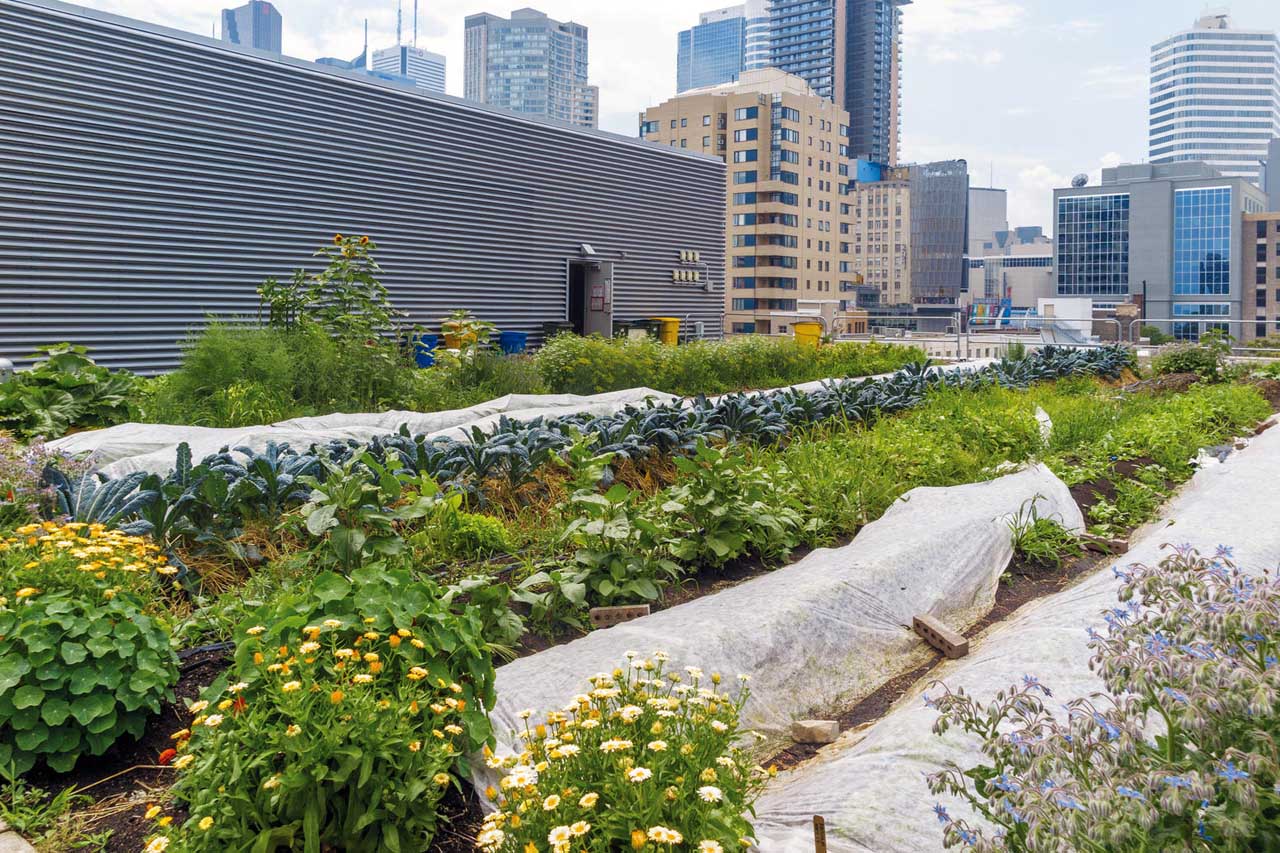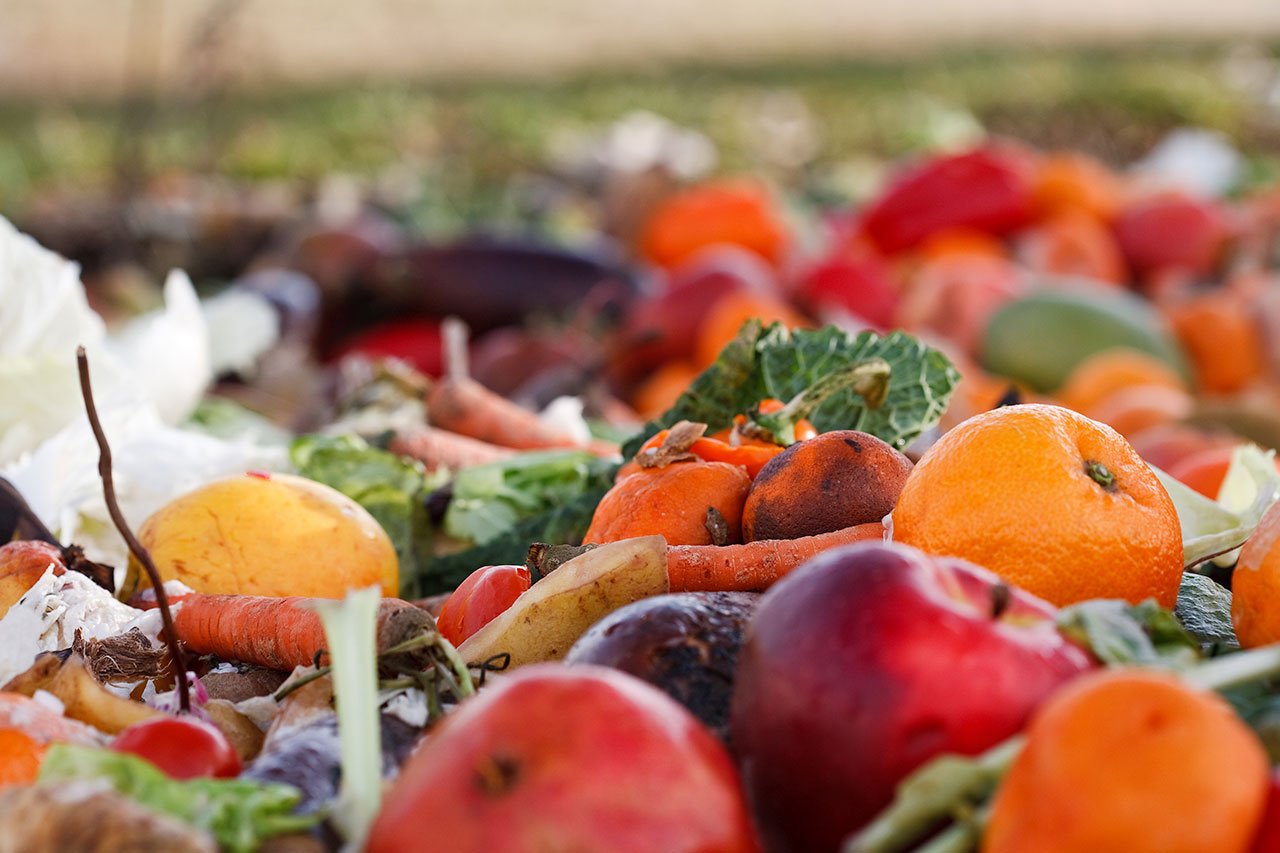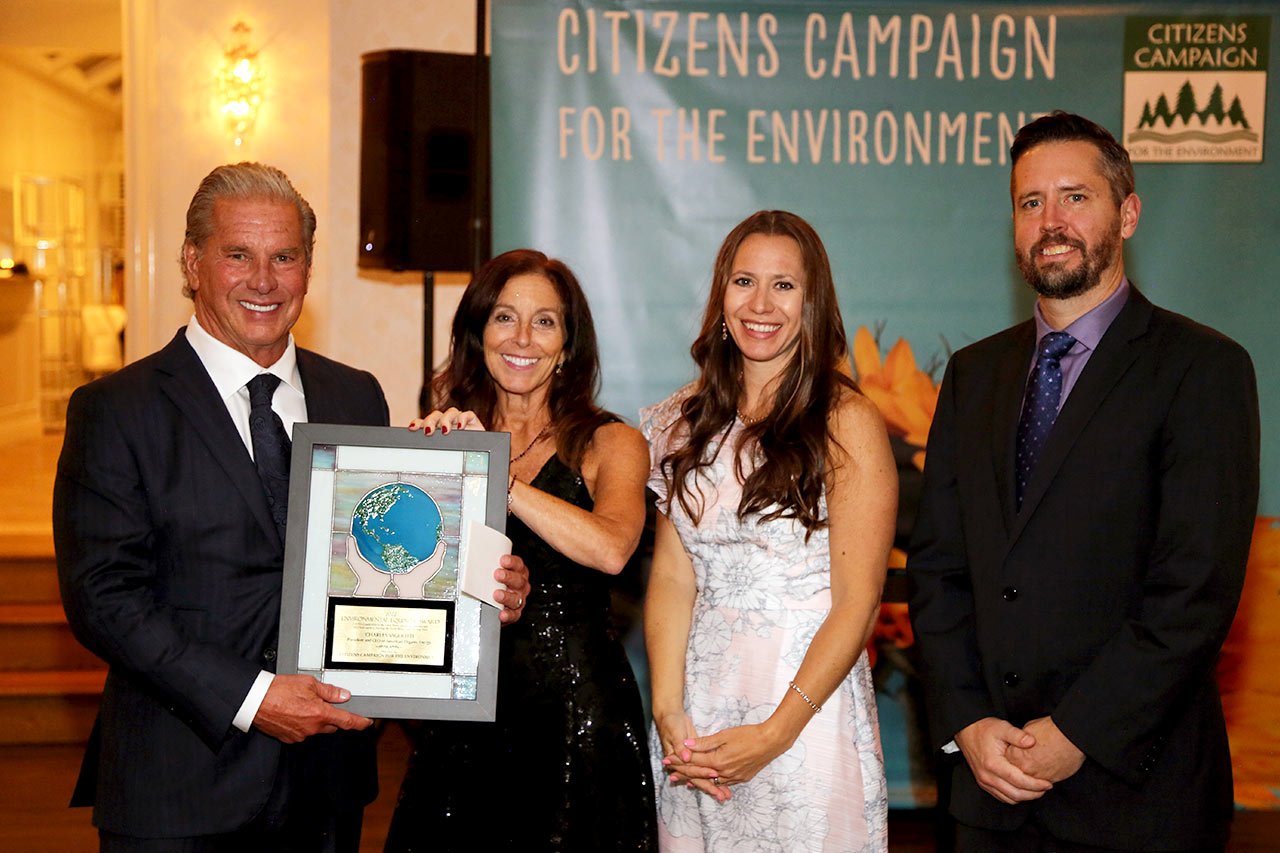While urban soil is critical to ecosystem services, it is often treated poorly. Not only does this cause environmental harm, but also wastes a valuable resource. The right soil can support urban green spaces while reducing pollution.
New York City’s urban soil is incredibly diverse, so it must be protected for future generations. Here’s what you should know.
Functions of Urban Soil
Soil isn’t the first thing that comes to mind when discussing cities. It serves as a foundation for buildings, but many people overlook its other roles in urban areas.
Recreational areas and green spaces are important to the well-being of city dwellers, and urban soil is essential to these areas flourishing. By extension, urban soil also supports local food production, reduces the urban heat island effect, and sustains local wildlife populations by conserving habitats.
In addition, soil is critical to stormwater management and carbon sequestration. It can absorb both water and carbon, reducing the risk of flooding and decreasing atmospheric greenhouse gases to combat climate change.
While above-ground ecosystems are largely the focus of environmental preservation efforts, soils house an estimated 25% of the planet’s biodiversity. Fauna and microorganisms within the soil aid decomposition. Bacteria and fungi are also used in medicine, including penicillin. Some can also degrade pollutants to help clean contaminated soil.
Mistreatment of Urban Soil in Cities
Urban soil faces regular mistreatment. Contaminated soil poses a risk to the environment and human health. Roadways, industrial sites, bridges, landfills, elevated railways, dry cleaners, gas stations, and more leave behind dangerous substances, including polycyclic aromatic hydrocarbons (PAHs), lead, arsenic, and pesticides. If you eat food grown in contaminated soil, breathe in its dust, or put your hands in your mouth after touching it, you may develop health issues.
Another common problem within cities is healthy soil being treated as waste material. When a new building is under construction, the existing soil is often removed. Regardless of its health, this soil sometimes ends up in landfills. Even if it is saved for future use, it is often stripped and stockpiled, depleting oxygen and causing microorganisms to die.
The soil that remains at construction sites is also frequently damaged. It can become compacted, restricting water, air, and root movement. Additionally, the construction of roads, parking lots, and many other structures covers the soil with an impermeable material, under which it can no longer provide benefits.
New York City’s Contributions
New York City is home to diverse and unique soil. The NYC Detailed Soil Survey identified 70 soil series in the city, including 32 developed in human transported materials (HTMs). The city’s natural soils vary in their parent materials and mineralogical, chemical, and physical properties.
The soil in Central Park alone contains 167,000 kinds of bacteria, archaea, and eukaryotes, only 8.5% to 16.2% of which had previously been recorded in existing microbial life databases. These microbes are beneficial for soil health and plant growth. Scientists also believe New York City park soil may contain bacterial natural products that could be used therapeutically.
To help preserve native soil, the NYC Clean Soil Bank (CLB) collects and redistributes materials from deep excavations for construction sites. This keeps this valuable resource out of landfills while supplying clean native soil for use in projects, thereby preventing the need to transport non-native soil into the area. The CLB accepts soil from sites that meet the “lower of New York State Department of Environmental Conservation (DEC) Part 375-6.8(b) Residential and Protection of Groundwater soil standards,” states its official page on the NYC Office of Environmental Remediation. Eligible organizations can receive soil for free if they use it for “public construction projects, projects that advance social equity goals, and projects that remediate contaminated land and reduce exposure to pollutants in surface soil” and cover transportation costs.
What Else Can Be Done?
As communities increasingly recognize the importance of healthy urban soil, they will likely implement new initiatives to preserve soil biodiversity. These may include:
- Considering soil in urban planning: Soil is often treated as an afterthought in urban planning. Incorporating it as a consideration early in any planning process can help preserve its biodiversity.
- Reframing soil as a resource: Construction sites often treat soil as waste and dispose of it in landfills. Reframing it as a resource rather than a byproduct of the development process can help prevent this.
- Cleaning contaminated soils: Soil hospitals wash soil and conduct bioremediation in which microbes are used to degrade organic contaminants.
- Restoring degraded systems: Systems degraded by agriculture, construction, salinization, and erosion may be less fertile, contain less organic matter, be more prone to erosion, and have higher salinity, alkalinity, and acidity. Remediation techniques, desalinization, organic farming, soil amendments, and other efforts can be used to restore the soil.
- Implementing green roofs and other urban green spaces: With so many buildings, streets, and parking lots, urban areas often lack the space for natural areas. Establishing dedicated green spaces within the city can serve the community and support the biodiversity of local soil.
Long Island Compost manufacturers engineered soils designed for optimal performance. Soil and mulch products developed by the company were used at the National World Trade Center Memorial, the Memorial Plaza, Citi Field, the High Line, the Brooklyn Bridge Park, and several green roofs. Contact us to learn more about custom soil options for your project.








